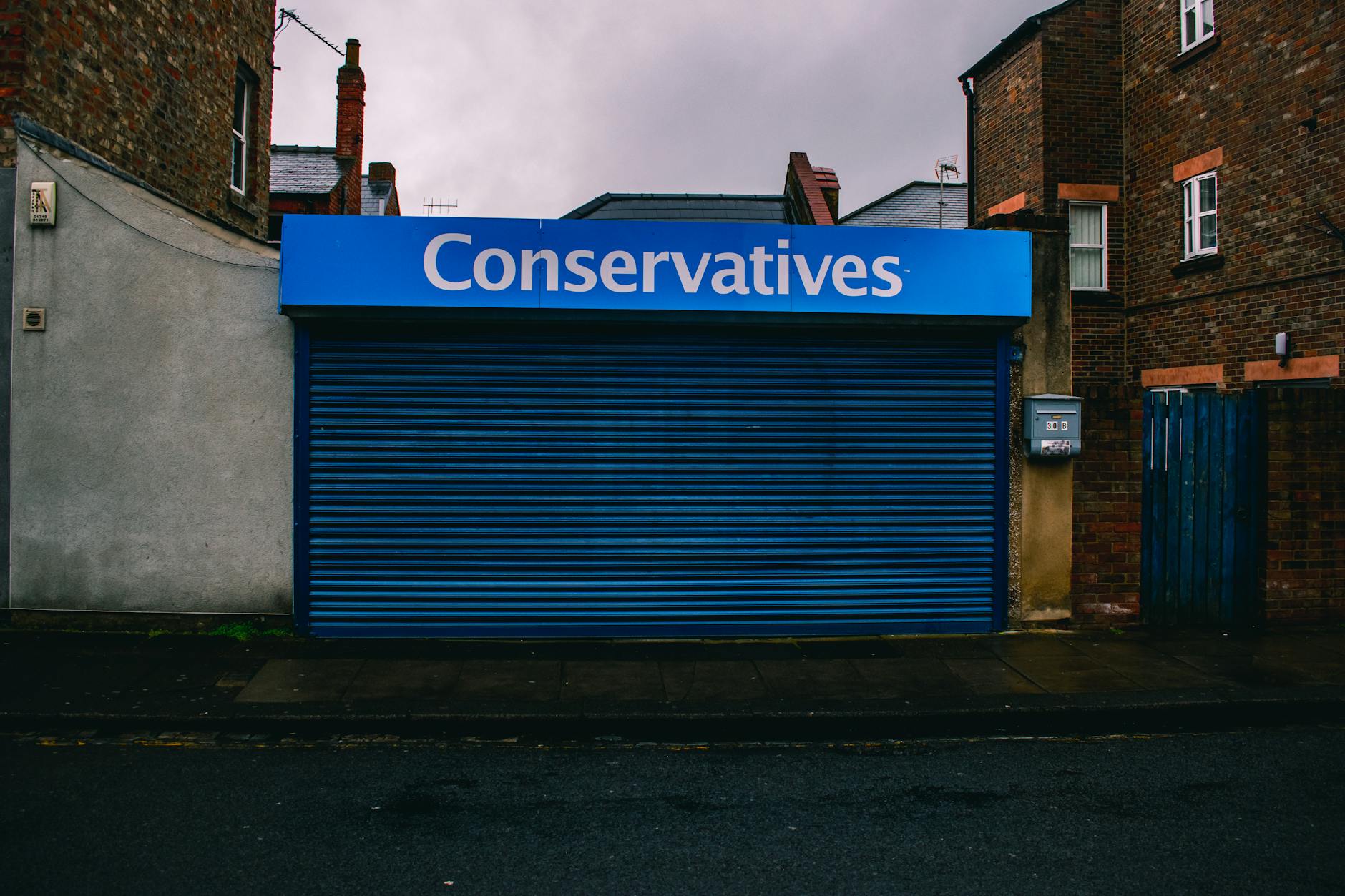The Ultimate Guide to Commercial Real Estate Leasing for Retail Spaces
The ultimate guide to commercial real estate leasing for retail spaces
Leasing commercial real estate for retail spaces can be a complex yet rewarding endeavor. Whether you’re a small business owner seeking a storefront or an established brand expanding your footprint, understanding the nuances of retail leasing is crucial. This guide will walk you through the essential aspects of commercial leasing specific to retail environments, including evaluating property locations, negotiating lease terms, and managing ongoing landlord-tenant relationships. By mastering these factors, you can secure a space that not only fits your budget but also positions your business for growth and success. From site selection to lease renewal strategies, this comprehensive overview is designed to equip you with the knowledge needed to make informed decisions in the competitive retail market.
Choosing the right retail location
Location remains a key determinant of retail success. When selecting a commercial space, consider foot traffic, accessibility, and competition. High foot traffic areas often come with higher rents, but they usually translate into better sales potential. Evaluate proximity to complementary businesses as well as parking availability and public transportation links.
Market demographics should also influence your decision. For example, a luxury brand would thrive in an affluent neighborhood, while a discount store might do better in a high-density, middle-income area. Conducting thorough market research can help identify the ideal location that matches your target customer base.
Understanding lease types and terms
Retail leases come in various forms, each impacting your financial obligations differently. Here are the most common types:
- Gross lease: The tenant pays a fixed rent, and the landlord covers operating expenses.
- Net lease (N, NN, NNN): The tenant pays base rent plus some or all operating expenses, including property taxes, maintenance, and insurance.
- Percentage lease: The tenant pays a base rent plus a percentage of gross sales.
It’s essential to read the lease carefully, especially clauses related to lease length, rent escalations, renewal options, and permitted use of the space. Negotiate terms that offer flexibility to your business, such as options to expand or sublease, and clarify responsibilities for maintenance and repairs.
Negotiating a favorable lease agreement
Negotiation is crucial since the lease will define your financial and operational commitments for years. Begin by identifying your priorities: rent affordability, lease duration, renewal terms, and tenant improvement allowances.
Consider the following tactics to improve your lease terms:
- Ask for rent-free periods to offset fit-out costs or soft openings.
- Negotiate caps on annual rent increases to maintain predictable expenses.
- Request tenant improvement allowances to customize the space.
- Clarify maintenance responsibilities to avoid unexpected costs.
Engage a commercial real estate attorney or broker who specializes in retail leasing to help identify unfavorable clauses and advocate on your behalf.
Managing the lease relationship and planning for the future
Once you’ve secured a lease, managing the landlord-tenant relationship is vital. Regular communication can prevent disputes and enable timely resolution of maintenance issues. Keep track of important dates like rent due dates, insurance renewal, and lease expiration.
Additionally, plan for lease renewals or potential relocations well in advance. Analyze your business growth, market conditions, and whether the current space meets your evolving needs. Understanding exit strategies and options for early termination or subleasing can provide flexibility should circumstances change.
| Lease component | What to consider | Impact on tenant |
|---|---|---|
| Lease length | Term duration, renewal options | Flexibility vs. stability |
| Rent structure | Gross, net, or percentage lease | Predictability and total costs |
| Operating expenses | Who pays for taxes, maintenance, insurance | Budgeting and unexpected expenses |
| Tenant improvements | Allowances and approvals for modifications | Customization potential and upfront costs |
| Termination clauses | Conditions for early exit, penalties | Risk management and flexibility |
Conclusion
Leasing commercial retail space requires a strategic approach that balances location benefits, lease terms, and long-term business needs. From selecting a site with the ideal customer base to negotiating lease clauses that protect your interests, every step is critical. Understanding different lease types and anticipating ongoing expenses can help you avoid surprises and maintain profitability. Equally important is managing your lease relationship proactively and planning for future growth or changes. By applying the knowledge outlined in this guide, you can make informed leasing decisions that support your retail business’s stability and expansion. Ultimately, a well-negotiated lease is not just a legal agreement but a foundation for success.
Image by: Lewis Ashton
https://www.pexels.com/@lewis-ashton-117694088
editor's pick
latest video
news via inbox
Nulla turp dis cursus. Integer liberos euismod pretium faucibua


